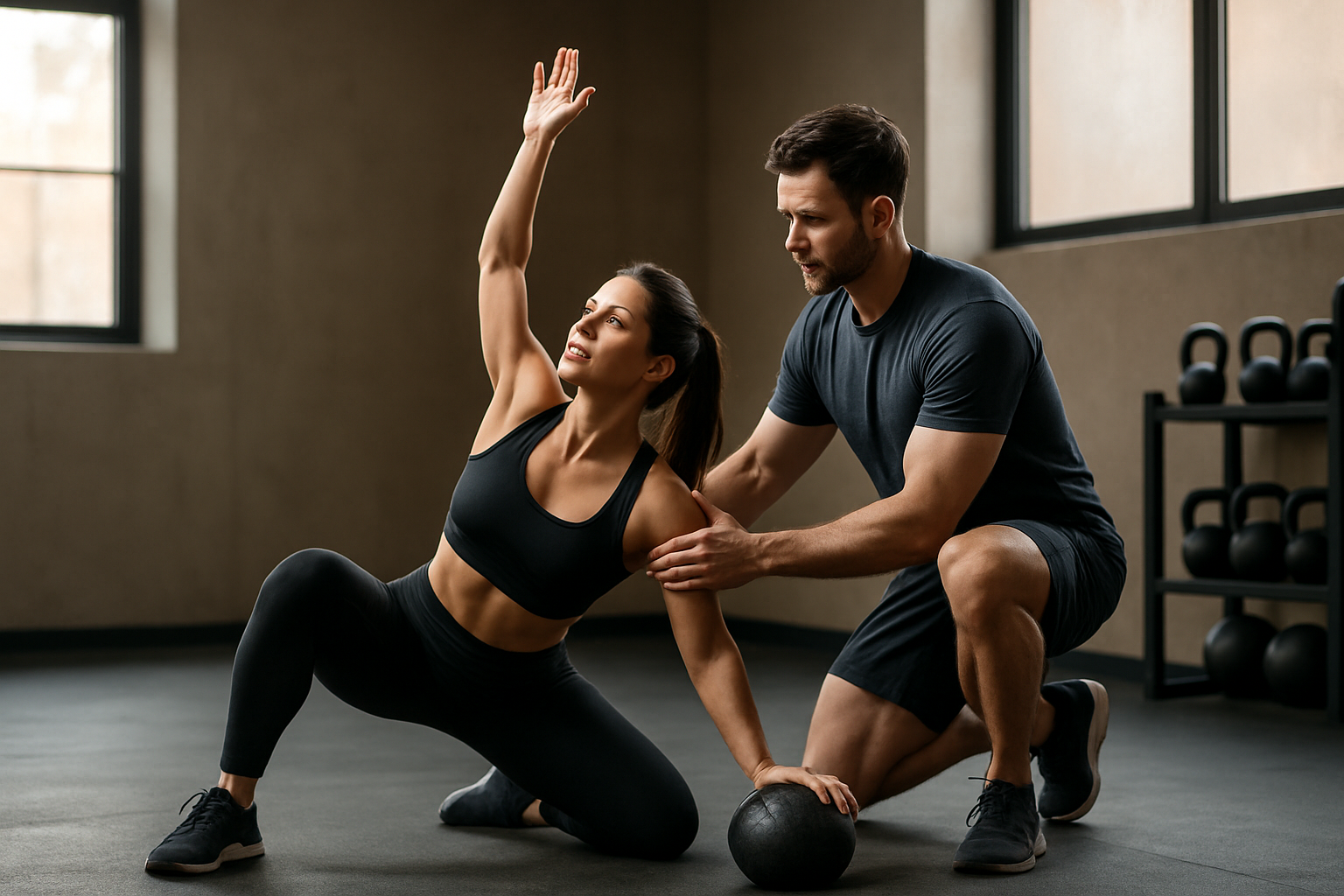Designing Sustainable Exercise Routines for Busy Schedules
Busy schedules require practical exercise plans that fit into real life. This article explains how to build sustainable routines by balancing training, nutrition, mobility, and recovery while using simple tracking, habit design, and accountability strategies to support long-term wellbeing.

Finding time for exercise is often less about having free hours and more about designing routines that adapt to the rhythms of a busy life. Sustainable routines prioritize consistency, efficient training sessions, and recovery strategies that preserve energy for work and family. This approach treats fitness as a set of habits that can be scaled, modified, and tracked so progress continues even when time is limited.
This article is for informational purposes only and should not be considered medical advice. Please consult a qualified healthcare professional for personalized guidance and treatment.
Training and programming
Effective training for busy people focuses on quality over quantity. Programming should combine compound movements, technique refinement, and appropriately varied sessions so each workout delivers multiple benefits. Short, focused sessions of 20–40 minutes can include intervals, circuit-style bodyweight work, or mixed modality sets to maintain cardiovascular fitness and muscular stimulus. Periodization helps vary intensity and volume across weeks to prevent plateaus and reduce injury risk while making training time predictable and intentional.
Nutrition and recovery
Nutrition supports the training you can realistically fit into your week: prioritize adequate protein, balanced meals, and meal timing that aligns with energy demands. Recovery practices such as sleep hygiene, hydration, and targeted mobility work bolster adaptation from shorter workouts. Where time is scarce, focusing on protein distribution across meals and prioritizing sleep are high-return habits that support strength gains, endurance, and overall wellbeing.
Mobility and flexibility
Mobility and flexibility keep movement patterns efficient and lower the chance of discomfort that derails consistency. Short daily routines—five to ten minutes—target key joints and soft tissues related to your common activities. Integrate mobility into warm-ups and recovery windows: dynamic mobility before training and controlled flexibility or self-myofascial work after sessions improves technique and makes future workouts more comfortable and sustainable.
Strength and endurance
Combining strength and endurance in a complementary plan allows busy people to build resilience without doubling workout time. Pairing strength-focused sets (bodyweight or loaded compound lifts) with low-to-moderate intensity endurance work (steady-state cardio or interval formats) creates hybrid sessions. Prioritize progressive overload in strength work and manageable volume for endurance; alternating emphases across microcycles supports both capacities while respecting limited weekly training time.
Habits, tracking, and accountability
Small, consistent habits are the backbone of sustainable programs. Use straightforward tracking—a training log, step counter, or habit checklist—to maintain momentum and measure progress. Accountability can come from a training partner, a coach, or scheduled commitments in your calendar. Tracking also helps with periodization decisions by revealing when to taper intensity or shift focus, and it reinforces behavioral changes that turn sporadic effort into routine practice.
Local providers and services
When guidance or structure is useful, local services and digital platforms can provide programming, technique feedback, and accountability. Below is a sample of organizations and tools that offer coaching, classes, or programming resources you can explore to support a sustainable routine in your area.
| Provider Name | Services Offered | Key Features/Benefits |
|---|---|---|
| ACE (American Council on Exercise) | Trainer directory, educational resources, certified professionals | Access to certified coaches and evidence-based programming guidance |
| NASM (National Academy of Sports Medicine) | Certification programs, trainer network, online tools | Emphasis on corrective exercise, individualized programming options |
| YMCA | Local gym facilities, group classes, community programs | Flexible membership options, varied class schedules, family-friendly programming |
| ClassPass | Access to local studios and virtual classes | Wide class variety and flexible booking for varied schedules |
| Trainerize | Online coaching platform and app for trainers | Remote programming, messaging, and tracking for ongoing accountability |
Conclusion
Designing sustainable exercise routines for busy schedules means prioritizing adaptable programming, straightforward nutrition and recovery practices, and small habits that build consistency. Integrating mobility and a balance of strength and endurance work, supported by basic tracking and occasional external accountability, makes steady progress possible without requiring large time commitments. Over time, these choices enhance performance, reduce injury risk, and support long-term wellbeing.





